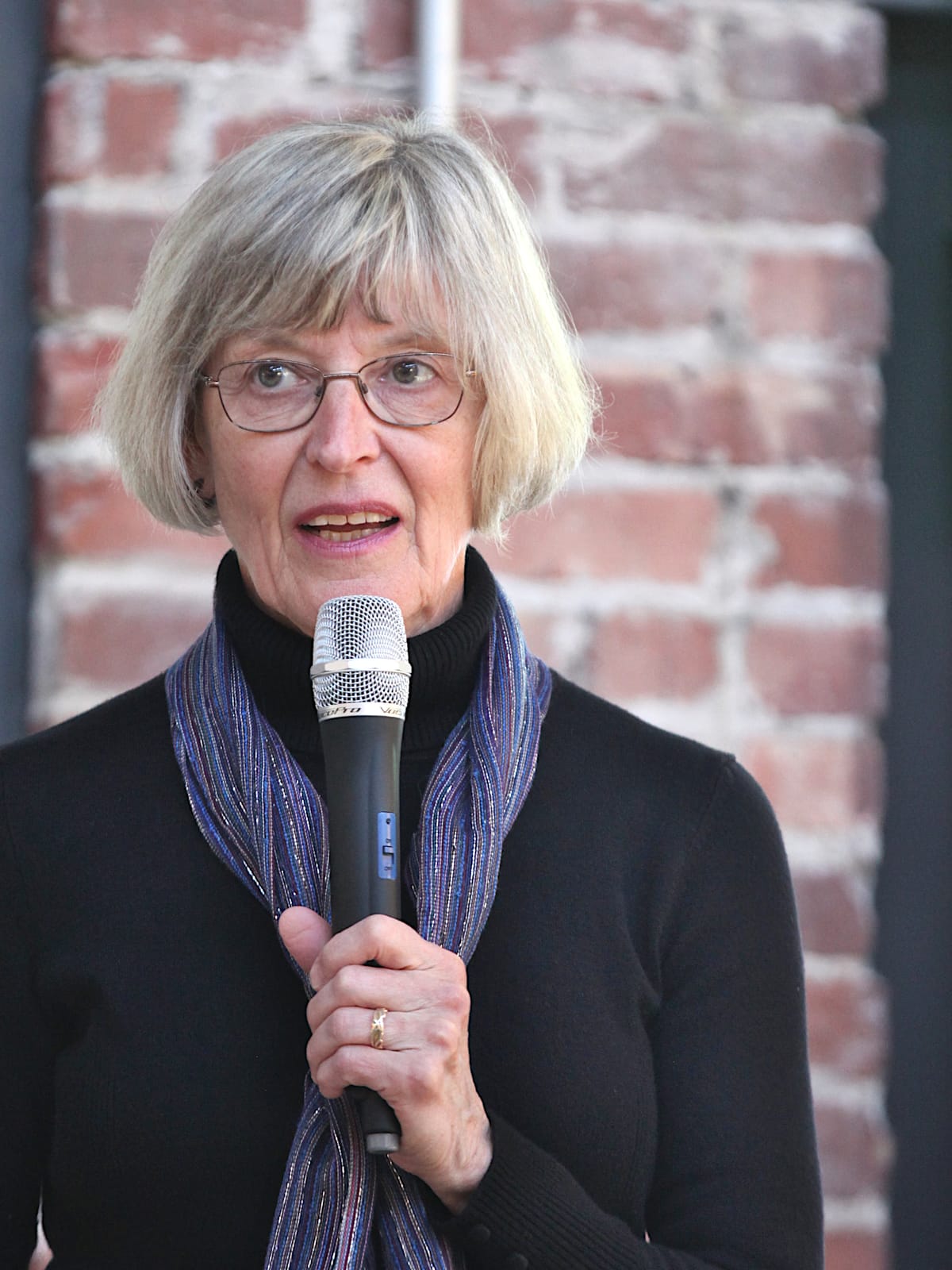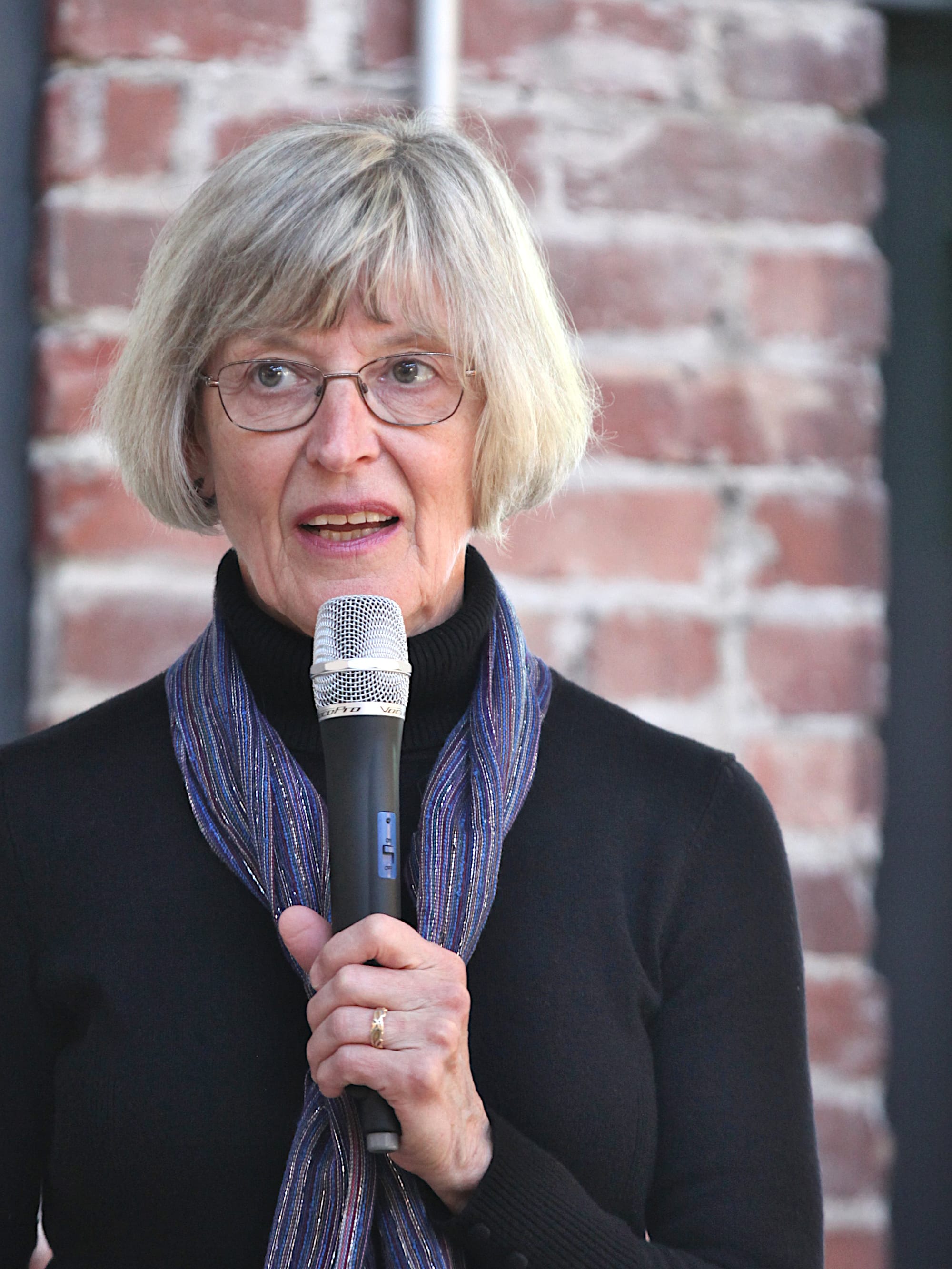6.6K ballots missed in first vote totals from Monroe County: Added numbers make for tiny margin in District 62 House race



Based on revised numbers from the Monroe County election division, Dave Hall’s (R) margin over Penny Githens (D) in the Indiana District 62 State House race has shrunk from 1,509 as reported on election night, to 37.
District 62 includes portions of Monroe, Brown, and Jackson counties.
On Wednesday morning, Monroe County election staff added the votes from 6,642 additional ballots to Monroe County’s totals.
Monroe County revised unofficial 2022 general election vote totals
Here’s the county-by-county breakdown for the District 62 House race based on the freshest numbers, which were sent to The B Square around 10 a.m. on Thursday Wednesday morning.
| Candidate | Monroe | Brown | Jackson | Total | Pct |
| Dave Hall | 7,893 | 4,204 | 878 | 12,975 | 0.5007139 |
| Penny Githens | 10,608 | 2,189 | 141 | 12,938 | 0.4992860 |
The new numbers were also reported to the Indiana Secretary of State’s office and are now reflected in the SOS election results website.
The missed ballots fell in the category of early in-person votes, which are broken out separately in the reporting from the mailed-in absentee votes and the Election Day votes. The rough total of early in-person voters, which were tracked through the early-voting period, was about 16,000. But it’s evident from the election night unofficial totals that not all the votes in that category are included.
The apparent shortfall of early in-person votes in Monroe County’s election night reporting was noted in The B Square’s roundup of results published around 6 a.m. Thursday Wednesday morning.
Late Thursday Wednesday morning, The B Square spoke with Monroe County deputy clerk Tressia Martin and election supervisor Karen Wheeler about the cause for the reporting glitch. Briefly, Martin had missed making the data transfer for one of the digital storage drives with scanned voting information from early voting ballots.
Based on an initial B Square review of the revised results, just one outcome was affected by the additional votes. The added votes changed the outcome for the Clear Creek Township board, which is a vote-for-any-three type ballot choice.
According to the election night unofficial vote totals, Frank Calabrese (D) missed out on election to the Clear Creek Township board, coming fourth, with 721 votes compared to 737 for Randy Thacker (R). But after the revised unofficial vote totals were released Calabrese had 820 votes compared to Thacker’s 800.
The procedures for recounts are covered in state election law [IC 3-12-11]. Based on the state law, it looks like the 37-vote differential between Githens and Hall in the District 62 House race meets the 1-percent threshold, under which the candidate would not have to bear the cost of a recount.
By the end of the day Wednesday, The B Square was not able to reach Dave Hall.
Githens serves as a Monroe County commissioner. And when The B Square broke the news to Githens after Wednesday morning’s meeting of the county commissioners, she reacted with shock. She will weigh her options, she said, but she’d just only just heard the news.
When reached by The B Square, Monroe County Democratic Party chair David Henry called the situation “fluid” but did not yet know what, if any, approach the county or state party might take to the situation. Henry pointed out that provisional ballots still have to be adjudicated by the election board.
At least theoretically, enough provisional ballots—if allowed to count by the election board—could change the outcome of the race. That would have an impact on which candidate might need to initiate a recount.
GOP county vice chair William Ellis told The B Square that he, too, was not sure what the county party or state party’s approach would be to the situation. Things would start to become clearer in the next few days, he said.
As far as the missed batch of around 6,600 ballots goes, deputy clerk Tressia Martin walked The B Square through the glitch.
Martin told The B Square she woke up in the middle of the night trying to remember if she had added a specific batch of early in-person votes to the totals.
The batch was contained on a digital storage device similar to a USB memory stick, which the election division staff call “V drives.” The “V” is short for “Verity” which is part of the brand name for Hart InterCivic’s voting system. Hart InterCivic is the company that manufactures the voting machines used by Monroe County.
When paper ballots are fed into a ballot scanner, the results are recorded on the scanner’s V drive. The V drive is eventually removed from the scanner and connected to a computer for the data transfer.
The early in-person voting numbers were divided into two batches, corresponding to two V drives and two phases of ballot scanning. The first phase is from the time that in-person early voting starts, up until seven days before Election Day. The second phase is from seven days prior to Election Day until the final day of early in-person voting, which is the day before Election Day.
This year, for the first time, the Indiana Secretary of State authorized the scanning of early voting ballots at the seven-day mark before Election Day, Martin told The B Square.
The early start on scanning of early voting ballots is a help for election staff to start the process of identifying any voters who might have died after they cast a vote, but before Election Day. Under Indiana’s so-called “dead voter law,” such a ballot cannot be counted, so it has to be flagged for removal.
In any event, Martin said, it makes for an additional batch of votes stored on a V drive that is supposed to have its data transferred to the computer that stores all the results. It’s that batch of early in-person votes, cast in the last seven days before Election Day, that Martin said she had not transferred.
First thing Thursday Wednesday morning, Martin and election supervisor Karen Wheeler—which made for a required partisan-balanced team to unlock the ballot room and transfer data—checked on the V drive Martin had worried about through the night.
Martin said they found the V Drive in the ballot room on Wednesday morning, but not in the box where it would have been, if its data had been transferred. That led Martin to transfer the data, and generate the new, revised reports.
When The B Square talked with Monroe County GOP vice chair William Ellis, he said that it’s not clear to him why the three-member, partisan-balanced election board was not called for a meeting to handle the V drive for which the data transfer had been missed.
Ellis added that the pattern of votes in the added batch of early votes did seem consistent with the pattern of the early votes that were already reported on election night. That pattern is for early votes to skew more towards Democrats than Republicans.




Comments ()